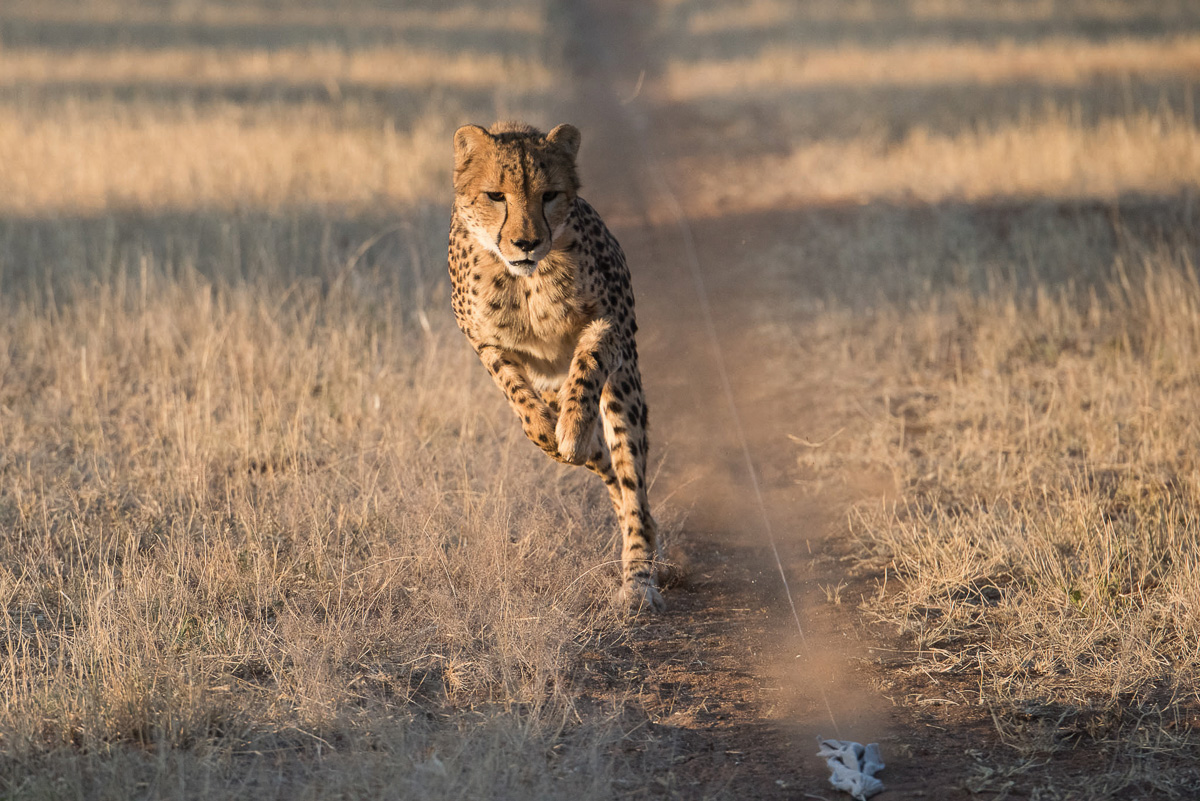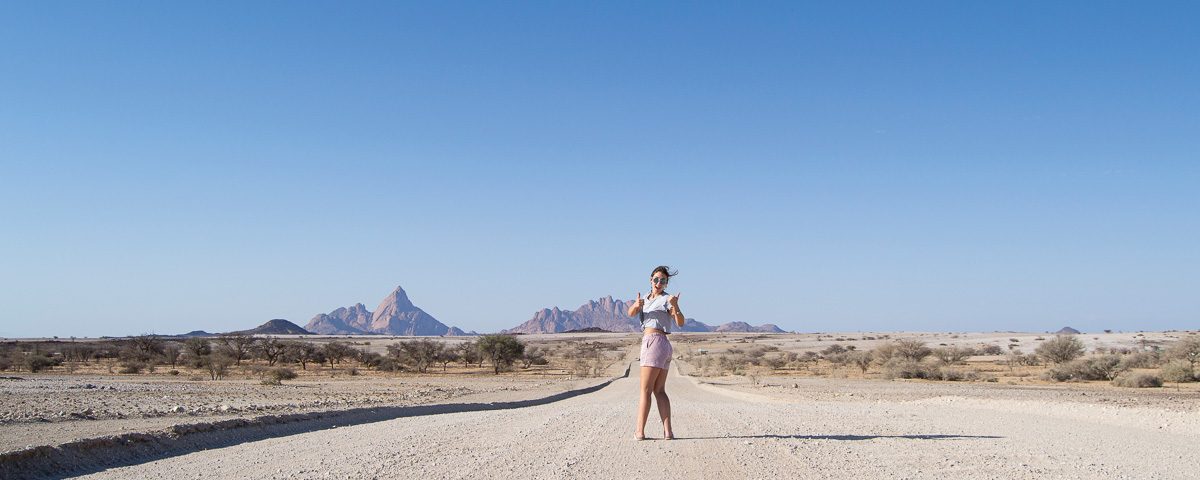Top 10 Romantic Namibian Honeymoon Destinations
February 18, 2020
The Cheetah Conservation Fund
March 5, 2020Hi, my name is Charene and I am addicted to travel magazines. The glossy covers and saturated double-page spreads have tickled my fancy ever since I was little. It most certainly started with my parents’ loyal monthly purchase of Go! magazine, which I would ooh and aah over long before I could read. See, I’m a serial dreamer driven by beautiful images of all the places I plan to visit before I kick the bucket. Unfortunately, I currently find myself on a humbling student budget. That means travel, if not on my parents’ expense, simply put, ain’t gonna happen. In Namibia specifically, travel has become a rather expensive sport if you don’t earn in euros or US dollars. So here is my guide to exploring my homeland on half a paycheck rather than half of your life’s savings.
CUTTING BACK ON BOOZE SAVES YOU A SH*TTON
I recently did Sober October. Not because I think I have a problem, because I don’t, but because my boyfriend was doing it and I am very, very competitive. I began the challenge on the 7th of October because I had attended Rocking The Daisies the weekend prior and you cannot get away not drinking Jägermeister. It’s obligatory and any Namibian knows you do not reject a shot of the herbal goodness.
Drinking in the student town of Stellenbosch is not a spectator sport – you either get on the bandwagon or you stay home. But I was not going to lock myself in my duplex digs and miss out on the fun. #FOMO
What I realised one fateful Thursday night – Stellenbosch also does not abide by regular “drinking days” – when the bill arrived and I owed a mere R50 (including tip), was that a lifestyle of drinking soda water is significantly more affordable. Even in a student town where booze is alarmingly cheap, soda water is cheaper. I saved a lot of money (which I ended up spending on Woolworths grapes) but nonetheless, cutting back on alcoholic beverages, albeit challenging, saves you a pretty penny. And those add up to a considerable amount – especially when you’re looking at a 5/7 drinking week. Your wallet (and your liver) will thank you.
PREPARE YOUR OWN MEALS
It is very, and I mean VERY, tempting to dive headfirst into the food scene that is Namibia. With such a diverse culture and corresponding selection of food, I don’t blame you for wanting to indulge in Kapana, Eisbein and Mopane Worms. And you should without a doubt experience them – in moderation. But preparing your own meals whilst on your adventure is going to save you a lot of extra cash. Luckily you don’t have to sacrifice the authentic Namibian experience: pick up My Hungry Heart by Antoinette de Chavonnes Vrugt, which comprises all the Namibian recipes you need. Yes, you will have to wash the dishes, but home-cooked meals – or even better, meals cooked on an open fire – add a whole new facet to your adventure (and cooking repertoire.)
YOU DON’T NEED A MASSIVE 4X4
Namibia notoriously has some of the most hectic dirt roads. And although a lekker Land Rover will certainly help with the gravel travel, it is not a prerequisite to exploring the coolest places. These vehicles are undoubtedly rugged but also famed for being very heavy on fuel and rather expensive to hire. I drive a 1998 Toyota Rav. My father calls it a Dinky Toy because it is small, slow and very sassy. But regardless, it takes me places – at 80km/h with the aircon off – because it is still a four-wheel-drive vehicle. Some of my family members from abroad have braved the Namibian landscape with two-wheel-drive sedan cars and still effortlessly reached their destination. In one piece (unlike a Landy.) Let’s be honest, if you’re travelling on a student budget you’re not going very far, so a smaller rental will certainly get you there. You might have to squeeze your gear and sacrifice legroom but you’ll be saving so much money you won’t be bothered.
JUST ROUGH IT
Within our borders is a collection of luxury lodges bold enough to lure even Angelina Jolie. But we students can’t afford those, no matter how much soda water we drink. Luckily, Namibia also comprises some spectacular camping facilities. If you choose wisely, you could find yourself glamping instead of camping. Proper ablution facilities, cool, sparkling pools and built braais are just some of the amenities you can expect. When I was younger and my parents were brave enough to take us on camping trips, my sister and I would spend a solid sixty minutes scouting for the best spot to pitch our tent, and then have a massive argument while doing so. In later years we discovered that singing Bohemian Rhapsody is the only way to avoid the squabbles, and lo and behold – we can now pitch a tent in six minutes flat while staying on key. I have much fonder memories of camping terrains than 4-star, air-conditioned lodge suites.
SETTING DAILY SPENDING LIMITS
When you’ve gathered all the money you’ve saved (thanks, soda water), it’s essential that you give yourself a guideline of how much you can afford to spend each day of your long-awaited trip. There is a whole bunch of things to keep in mind when setting up this budget, including the nifty sedan’s rental and petrol money, as well as the small fee they charge for campsites. Once you have the non-negotiable expenses sorted, you may begin adding a couple of dollars for the food you’ll be cooking yourself and the soda water you’ll be taking along. I’m ashamed to admit that I have lived off the stereotypical student cooking of baked potatoes (a campfire staple) for a solid week. And although it’s not nearly as glamorous as the grapefruit diet, it’s cheap and easy, and honestly – who doesn’t love potatoes?
Foregoing luxury at the expense of simply travelling is probably the most rewarding sacrifice. Because at the end of the day, whether you like to admit it or not, you’re perhaps going to treasure the memories of your limited legroom far more than those of your air-conditioned accommodation.
This article was first published in the Autumn 2020 issue of Travel News Namibia.


